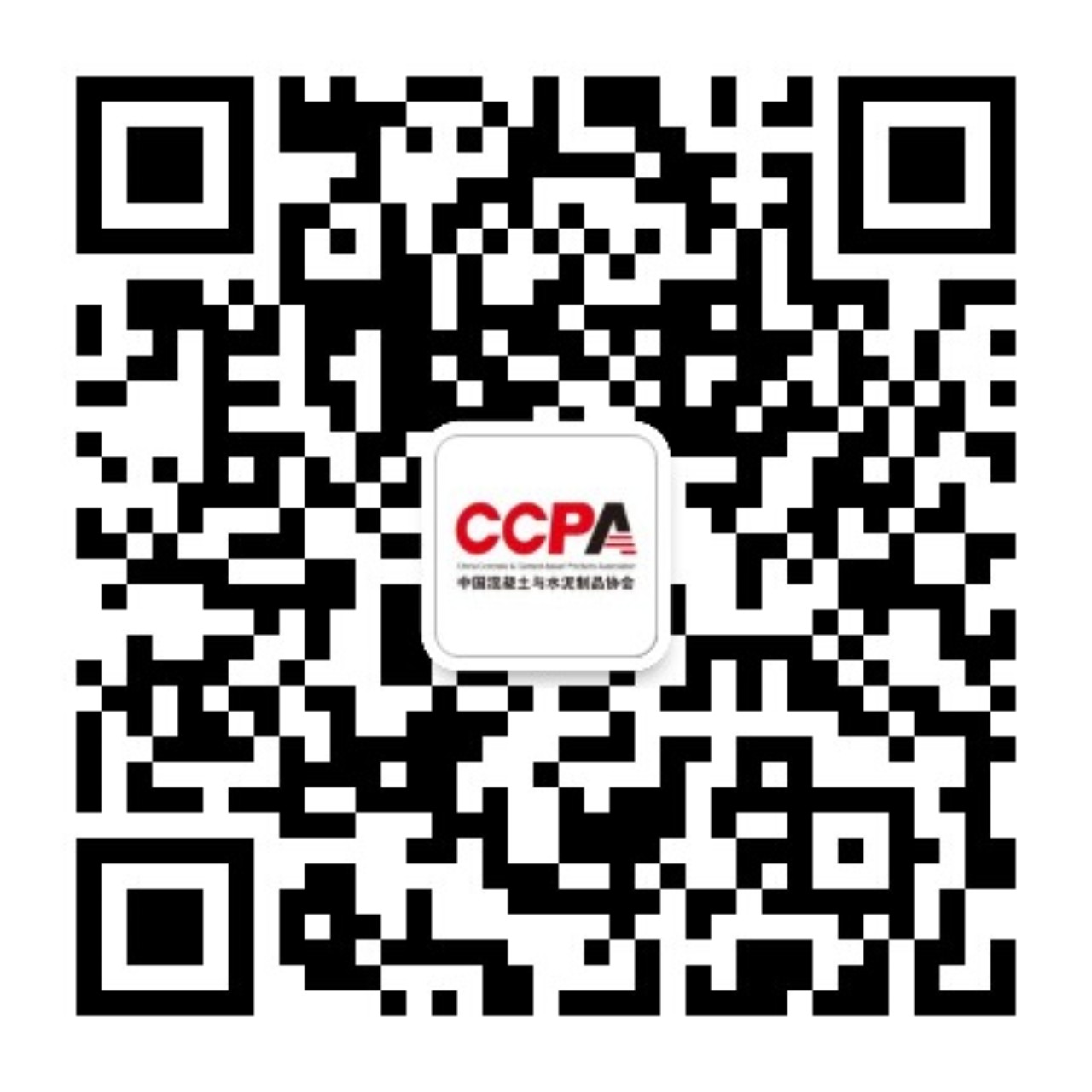Using Freezing Method for Waterproofing of Underground Works
A demonstration meeting on freezing construction method of shield connecting channel, focusing on safety and quality, was held at Linghu Dadao Station of Wuxi Metro Line 4 Phase II project.
Recently, to improve the construction management level of the new subway line and achieve the goal of "first-piece model" management, a demonstration meeting on freezing construction method of shield connecting channel, focusing on safety and quality, was held at Linghu Dadao Station of Wuxi Metro Line 4 Phase II project, organized by the China Railway First Group Urban Track Transport Engineering Co., Ltd.
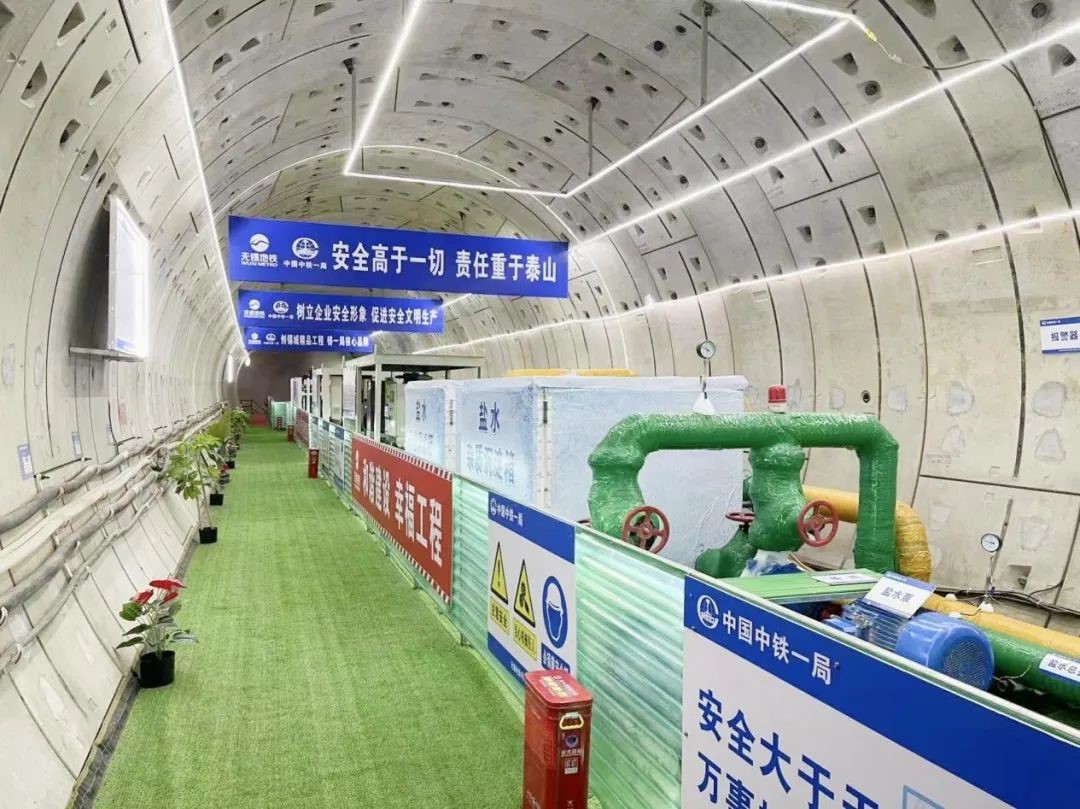
The freezing method is an artificial refrigeration technique that operates by circulating low-temperature brine. This technology injects low-temperature brine into water-rich soils, causing them to solidify into a strong, waterproof frozen soil curtain. During the excavation of the shield connecting channel, this frozen soil curtain acts as a solid barrier, effectively preventing underground water seepage and creating a stable, hard soil layer, thereby providing a safe and reliable working environment for the subway shield construction.
Freezing Construction Method
The section of the shield connecting channel between Jinhuixi Dao Station and Linghu Dadao Station of Wuxi Metro Line 4 Phase II, undertaken by China Railway First Bureau, was constructed using the method of freezing for reinforcement first, followed by excavation with the stepped method. A total of 83 freezing holes were arranged horizontally, with a total freezing cavity length of 582.047m. The design involved circulating brine at temperatures ranging from -28°C to -30°C.
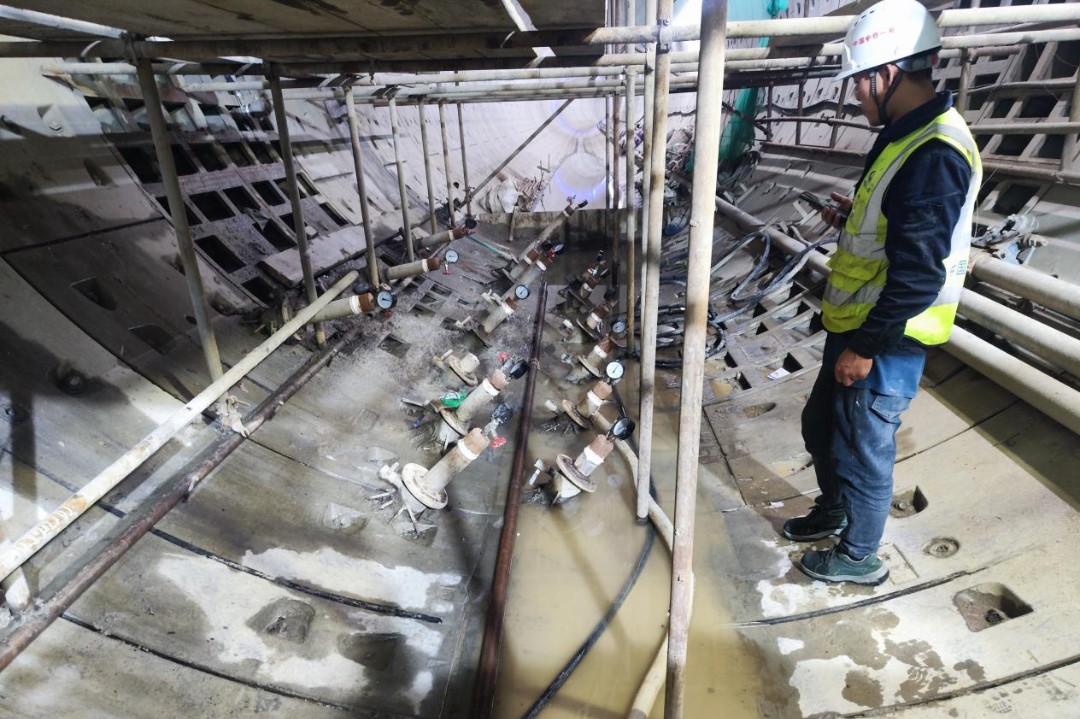
Freezing Construction Method
The connecting channel is located beneath Zhenze Road, passing through Bishui River, and lies within strata consisting of clay, silty clay, and silty layers. The soil particle structure in these strata is loose, and the water content is extremely high, making the construction process highly challenging. To ensure safe and effective excavation, the freezing method played a crucial role in the construction.
According to the introduction, the freezing method achieves artificial refrigeration by circulating low-temperature brine. The low-temperature brine is delivered into water-rich soils, causing them to form a high-strength, waterproof frozen soil curtain. During the excavation of the contact passage, this frozen soil curtain acts like a solid protective wall, effectively preventing underground water seepage and creating a more stable and hard soil layer, thereby providing a stable and safe working environment.
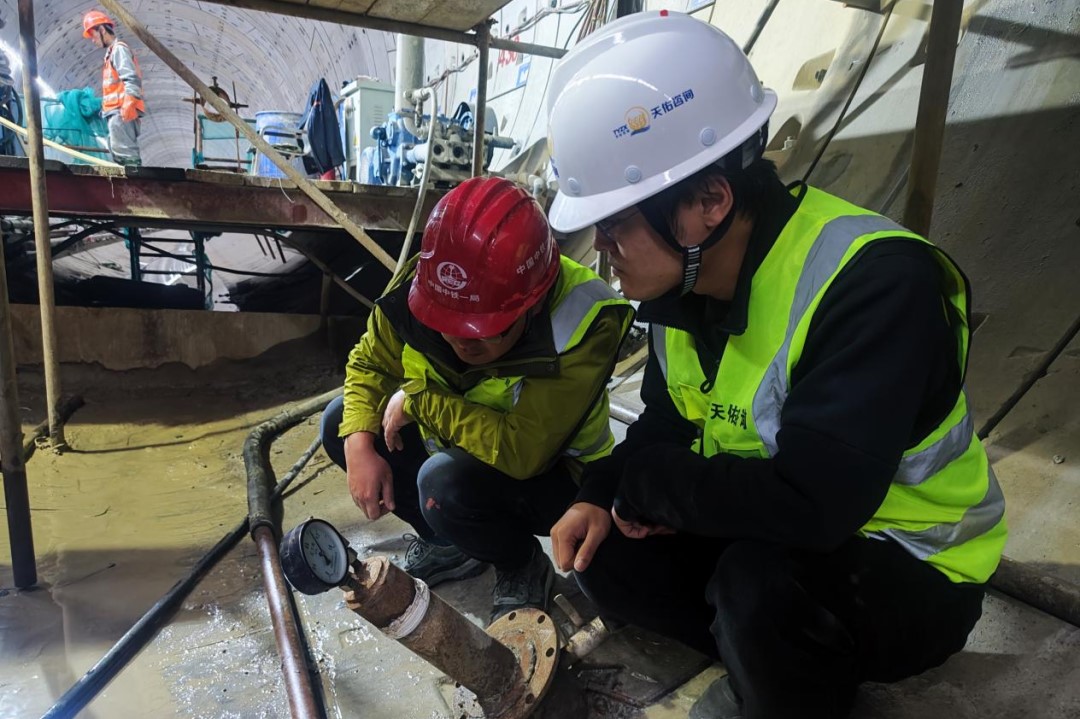
Pressure Control
The construction relies on refrigeration units to circulate the low-temperature brine. The refrigeration unit consists of a freezer, brine pump, clean water pump, brine tank, wind turbine, and clean water spray system, with the freezer being the most critical piece of equipment. To address the technical challenges posed by the narrow workspaces and the high installation requirements for the freezers, the project team collaborated intensively, engaging with on-site workers to discuss and find solutions. They installed a self-turning device for the equipment inside the tunnel, making full use of the limited space, ensuring the proper installation of the freezer, and facilitating its smooth operation in the future. Additionally, a dedicated grid coordinator was appointed to supervise and manage the process, enhancing regular inspections of the freezing equipment and controlling the freezing process to ensure the successful completion of the freezing work.
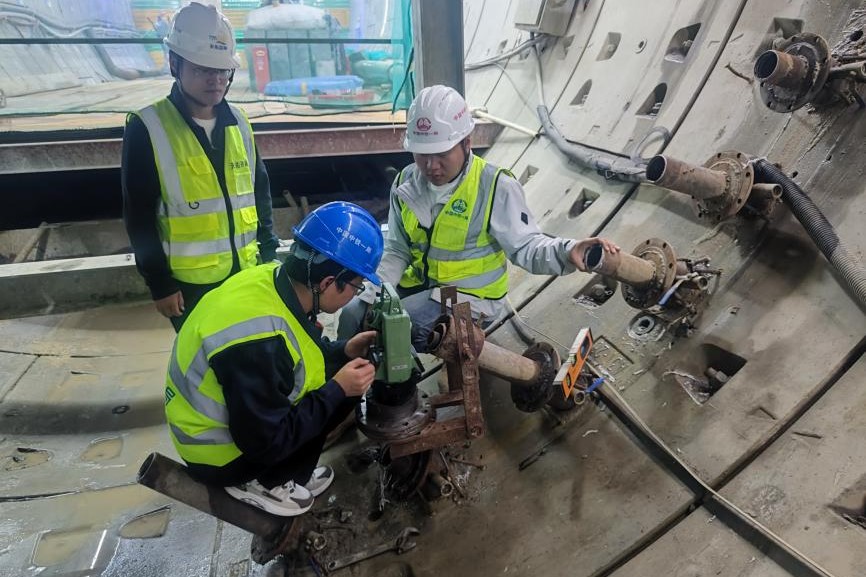
Precision Monitoring
However, the freezing method also presents risks and challenges. If the underground water flow rate is too high, it may affect the freezing effect, leading to unstable frozen soil structures in certain areas, which could pose a risk of basement leakage. Additionally, improper temperature control in the frozen area may result in excessive expansion of the frozen soil, potentially causing damage to the surrounding soil and already constructed structures above.
To address these challenges, the project team conducted detailed geological surveys before construction to understand the groundwater conditions. Thermometer holes were installed at key locations of the frozen soil curtain. During the freezing process, daily observations and monitoring were conducted on parameters such as brine level, brine concentration, brine flow rate, and pressure. Temperature variations, the curtain formation process, and the overall status were continuously monitored. If any abnormal temperatures were detected, immediate adjustments were made to the freezer unit's operating parameters to prevent excessive expansion or inadequate freezing of the soil. The project also actively coordinated the freezing and excavation processes, promptly sealing weak freezing walls and adjusting the excavation construction techniques based on the deformation of the frozen soil curtain after excavation.
On-site Observation
The sections of Wuxi Metro Line 4 Phase II from Huazhuang Station to Jinhuixi Dao Station and from Jinhuixi Dao Station to Linghu Dadao Station were observed. Due to the complex strata and relatively high groundwater levels encountered during shield tunneling, the construction posed significant challenges. To ensure the safe and effective excavation of the contact passage, the freezing method played a crucial role.
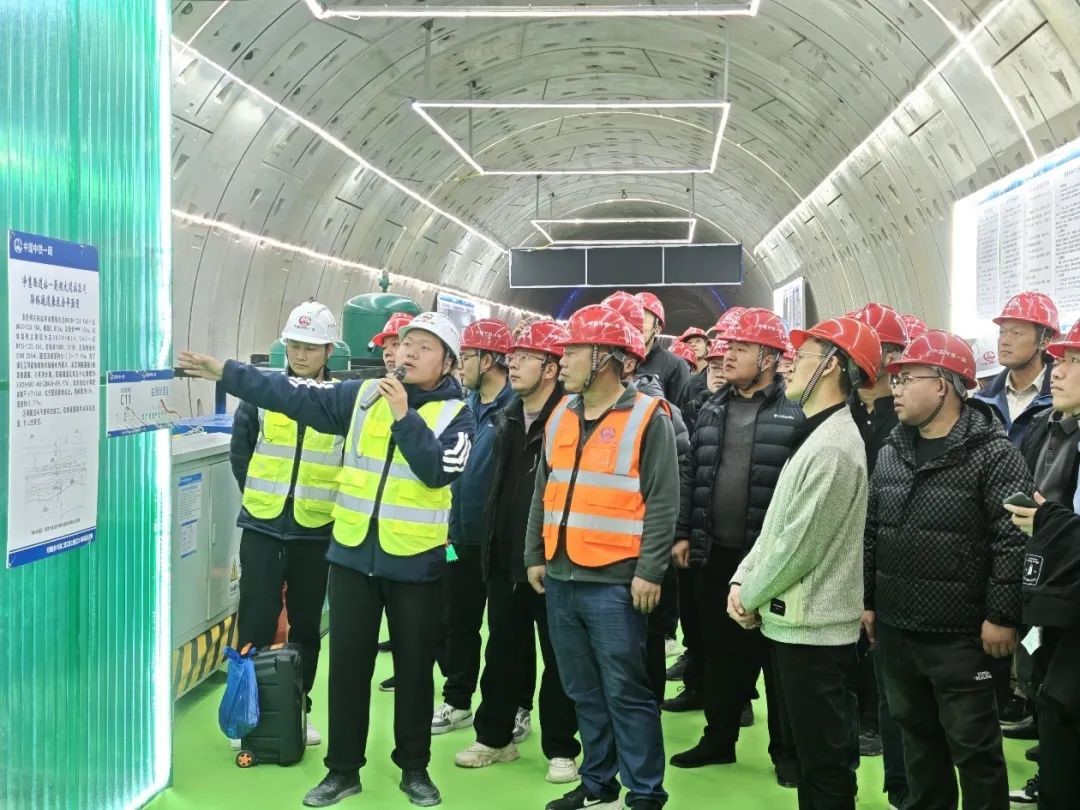
Innovative Construction Techniques · Multi-Pronged Approach to Ensure Quality
In terms of construction technology, the innovative measures taken for the Wuxi Metro shield connecting channel are particularly remarkable. To address the common issue in the freezing method where the circulation of low-temperature brine can become trapped, affecting the soil freezing effect, the Wuxi metro construction team creatively introduced a pressure-relieving low-temperature fluid device. By accelerating the discharge speed and volume of low-temperature brine from the drainage valve, the team effectively solved the air-trapping problem, ensuring efficient and stable brine circulation, and significantly improving the quality of the soil freezing process.
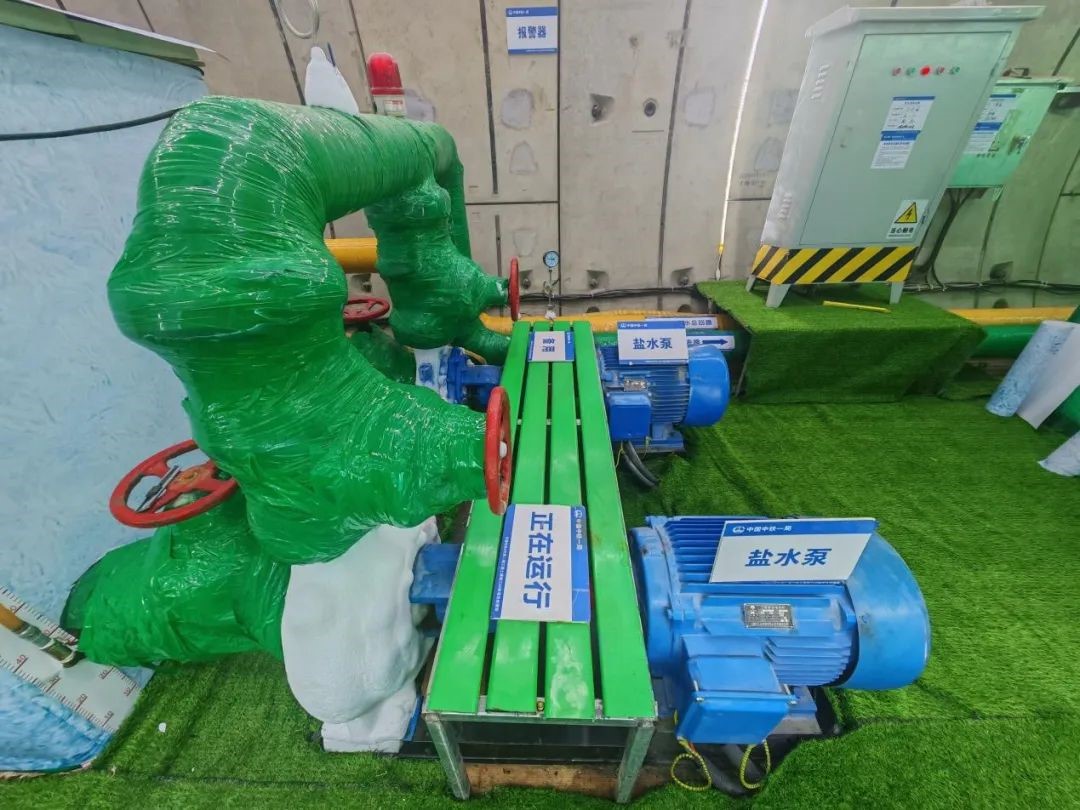
Pressure-Relieving Low-Temperature Fluid Device
At the same time, in response to the challenge of limited space for tunnel construction in the connecting channel, the Wuxi Metro Line 4 project team cleverly introduced a vehicle turning and rotating platform specifically designed for tunnel construction. This not only saved valuable construction space but also allowed underground construction vehicles to perform turning operations accurately and safely within a confined area, significantly improving construction efficiency and safety.
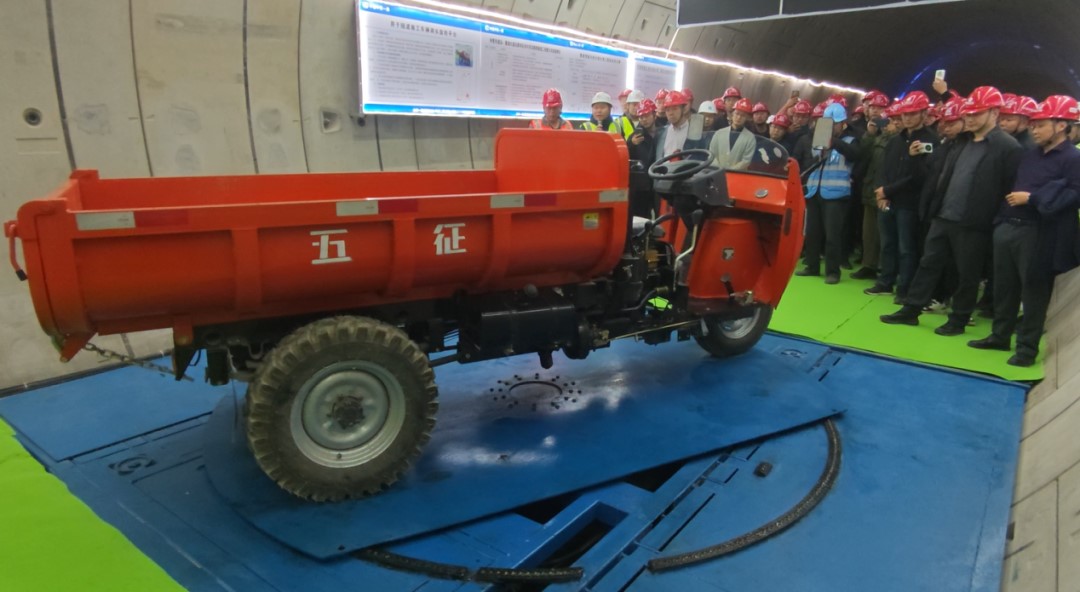
Vehicle Turning and Rotating Platform
In addition, the Wuxi metro construction team made significant efforts to optimize the internal environment of the tunnel by selecting a more suitable clean water-cooling spray system. Compared to traditional cooling tower systems, this system not only effectively reduces temperatures but also has excellent air purification capabilities. It creates a cooler and fresher working environment for the workers who are toiling in the confined space, greatly enhancing the comfort and work efficiency of the construction personnel.
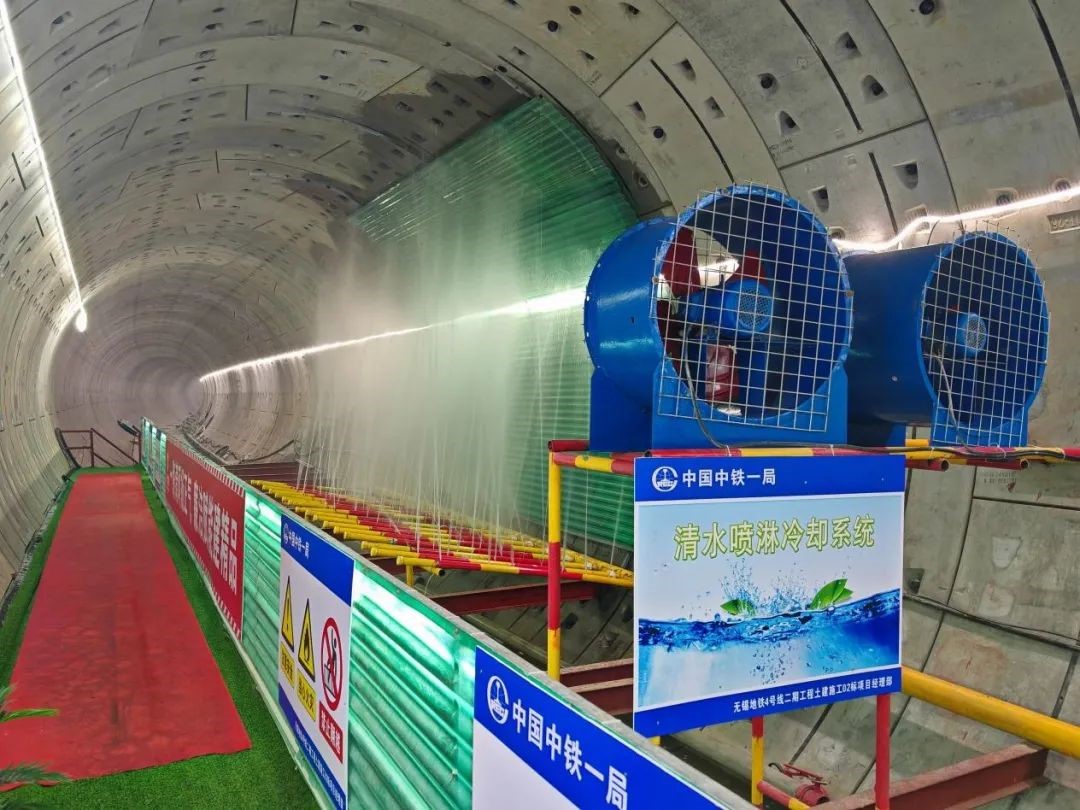
Clean Water-Cooling Spray System
Standardized Site Layout Construction · Rational and Efficient Safety Protection
At the construction site of the shield connecting channel at Jinhuixi Dao Station and Linghu Dadao Station, the standardized site layout is clearly visible, creating a working environment that is both efficient and secure for the metro workers.
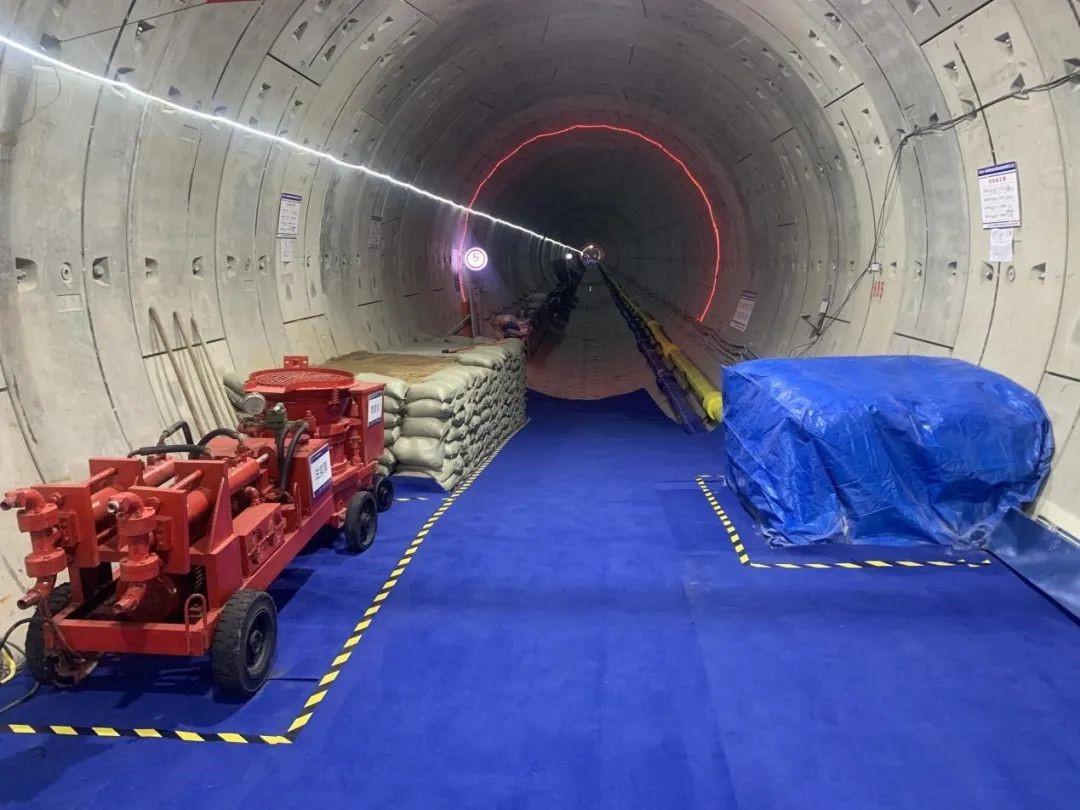
Standardized Work Environment
Reasonable and orderly personnel access design cleverly integrated into the pedestrian avoidance platform, to ensure the smooth and safe passage for operators.
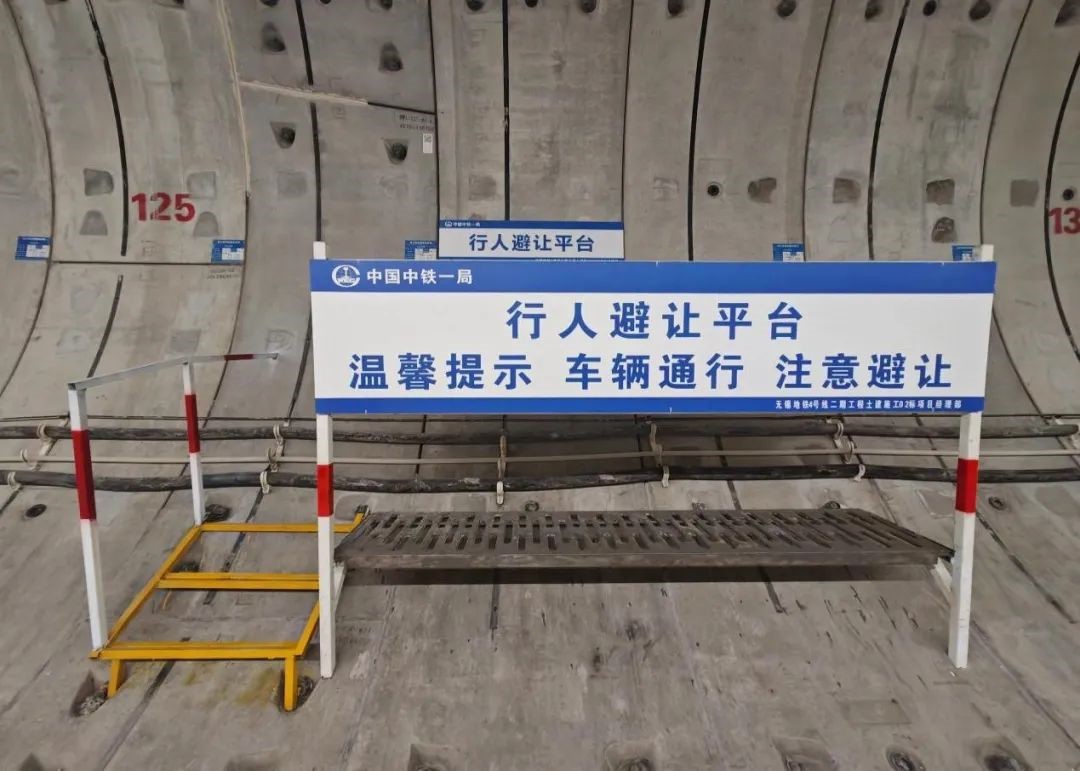
Pedestrian Avoidance Platform
Tools are uniformly placed in designated areas, making them easy to access while avoiding safety hazards caused by disorder.
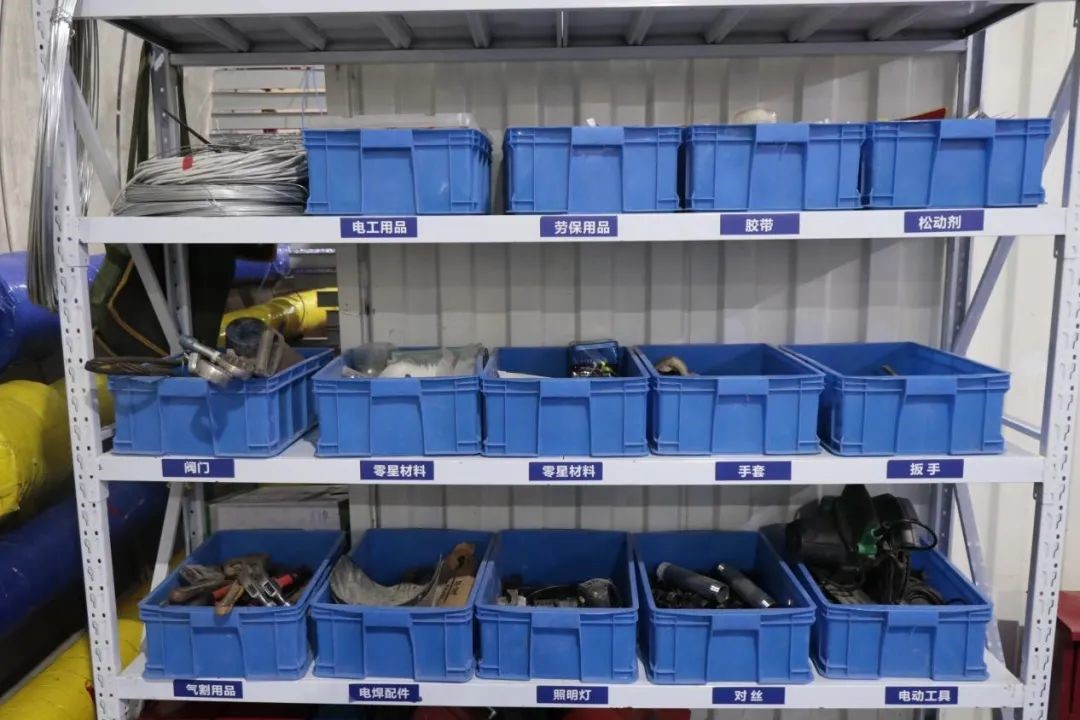
Tools are uniformly placed.
First aid supplies are prominently placed in easily accessible locations, ensuring a quick response in emergencies and providing strong support for safe construction.
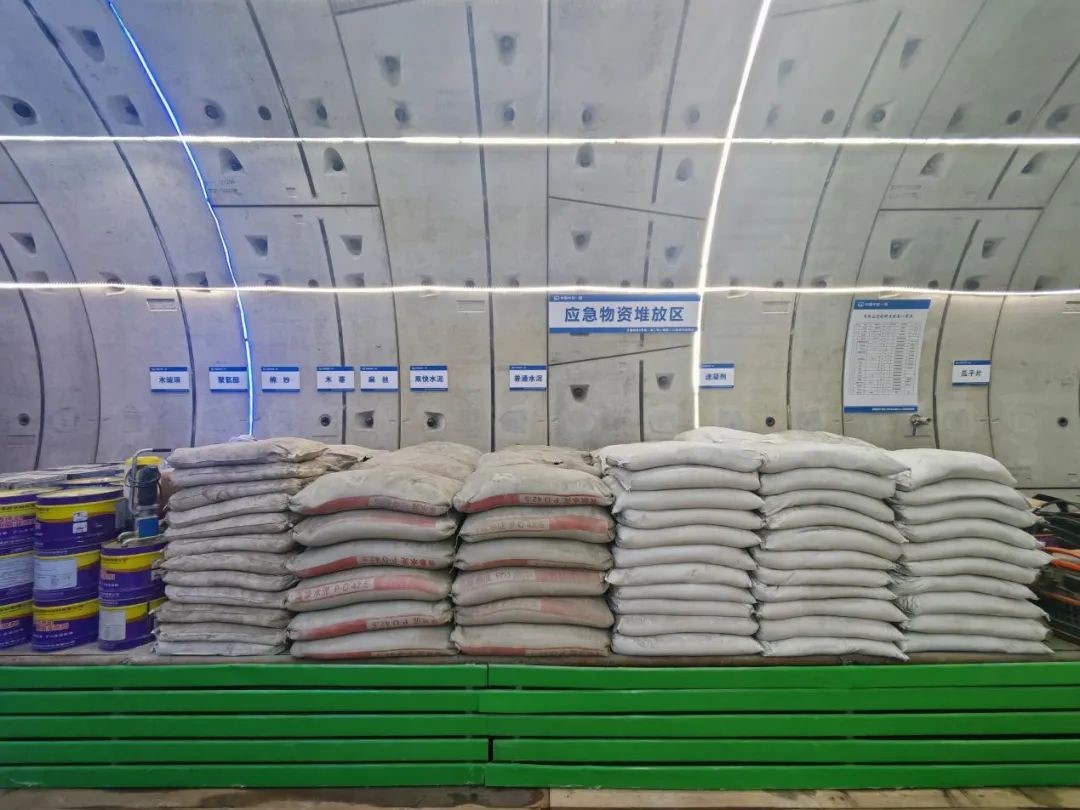
Emergency Stockpile Areas
The neatly arranged pipelines, combined with clear and prominent signage, form a well-ordered guide map for construction operations.
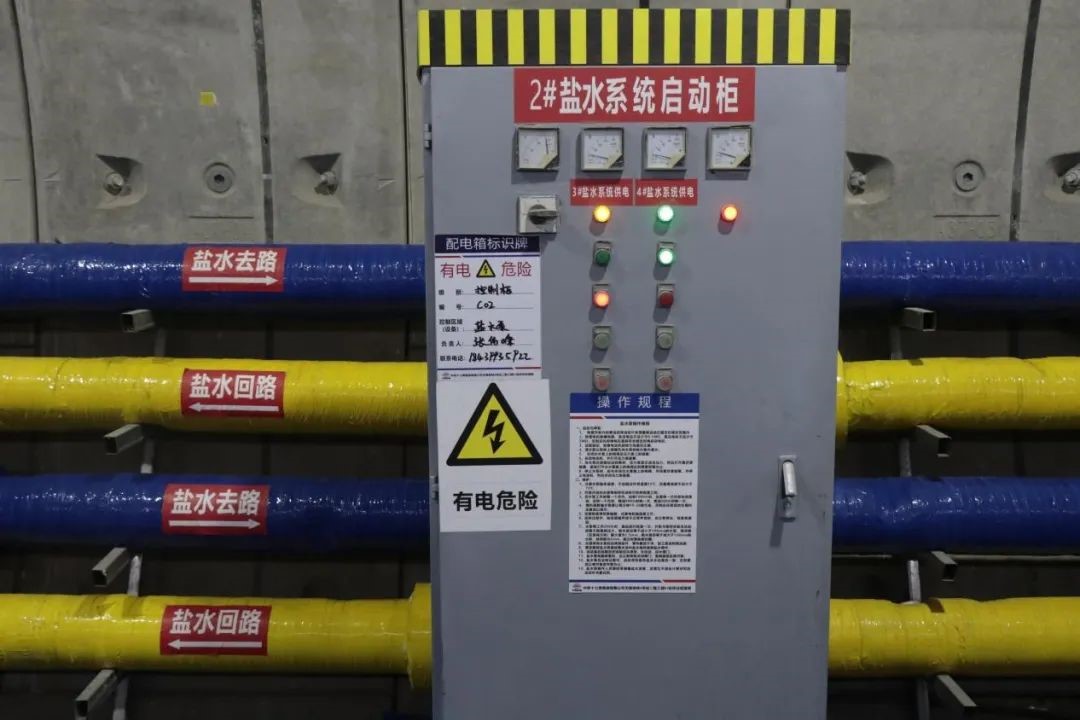
Pipeline Layout and logo signs
Next, the Wuxi Metro Project will take this observation as an opportunity to continue deepening management innovation, enhancing management levels, and strengthening safety and quality control, in order to contribute to the creation of safer, more convenient, and more efficient rail transit projects.




